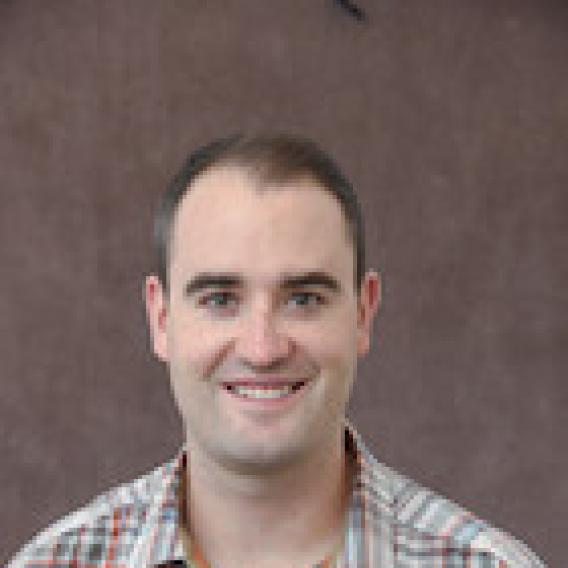Simon Currie, Ph.D.
Postdoc, Howard Hughes Medical Institute
A broad focus of our work is to better understand cellular organization. One strategy employed by classically defined organelles, such as the nucleus or mitochondria, is the use of a lipid bilayer border to restrict molecular traffic into and out of the organelle. However, many subcellular compartments lack a membrane boundary, yet are still compositionally distinct from the surrounding environment. “Biomolecular condensates” is a unifying term for these compartments, reflecting their conserved feature of spatially concentrating select proteins and nucleic acids. Components of condensates often exhibit liquid-liquid phase separation (LLPS) in vitro, and LLPS is thought to be one mechanism by which condensates form in vivo. Most studies performed to date have generated phase separated structures composed of only a few types of proteins, and thus do not recapitulate the molecular diversity that is present in cellular condensates. The generation and analysis of more complex and biologically relevant assemblies is needed to better understand the connection between LLPS and biomolecular condensate formation, and to learn the biochemical consequences of LLPS.
My project is to generate an in vitro reconstitution of an archetypal biomolecular condensate: RNA processing bodies (P-bodies). P-bodies are formed by mRNA and proteins involved in mRNA decapping and 5’ to 3’ exonucleolytic decay. These dynamic structures are present in unstressed cells and are further induced by various cellular stresses or in response to different stages of the cell cycle. Decades of research consisting of genetic, biochemical, and structural investigation have led to a model of multivalent protein-protein and protein-RNA interactions facilitated by both structured protein domains and intrinsically disordered regions contributing to P-body formation. Yet, how these dozens of individual interactions combine to produce higher order P-body structures remains unclear.
Wenmin Xing, a graduate student in the Rosen Lab, has recently quantified the protein content of Saccharomyces cerevisiae P-bodies. Wenmin found that out of dozens of proteins that localize to P-bodies, only seven are substantially enriched there. These seven core proteins, and a model mRNA, will serve as my “parts list”. I will investigate the ability of these core P-body components to undergo LLPS, and leverage the precise control enabled by in vitro reconstitution in order to understand how molecular composition, aggregation-prone regions, and posttranslational modifications contribute to P-body formation, and the enzymatic reactions that may occur within these condensates. We expect that this in-depth study of P-bodies will reveal general principles regarding the formation of three dimensional phase-separated structures.
Publications:
Quantitative reconstitution of yeast RNA processing bodies.
Currie SL, Xing W, Muhlrad D, Decker CJ, Parker R, Rosen MK.Proc Natl Acad Sci U S A. 2023 Apr 4;120(14):e2214064120. doi: 10.1073/pnas.2214064120. Epub 2023 Mar 27. PubMed PMID: 36972455.
Using quantitative reconstitution to investigate multicomponent condensates.
Currie SL, Rosen MK. RNA. 2022 Jan;28(1):27-35. doi: 10.1261/rna.079008.121. Epub 2021 Nov 12. PMID: 34772789
Lin Y, Currie SL, Rosen MK. J Biol Chem. 2017 Nov 17;292(46):19110-19120. doi: 10.1074/jbc.M117.800466. Epub 2017 Sep 18. PMID: 28924037